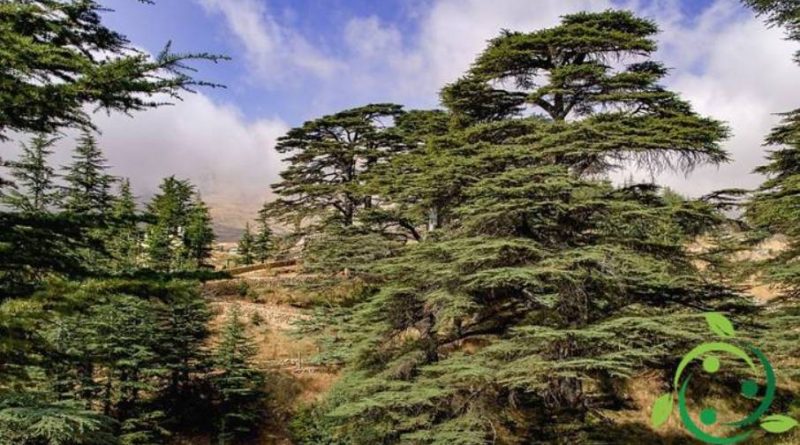How to cultivate the Cedar of Lebanon
How to cultivate the Cedar of Lebanon
The Cedar of Lebanon (Cedrus libani, A. Rich. 1823) is a species belonging to the Pinaceae family, it is an evergreen conifer, native to the forests of Lebanon and Syria which is cultivated throughout Europe as an ornamental plant for both its longevity, for the grandeur (40 meters high) and for the pleasant fragrance emanating from the resin contained in the leaves and in the wood. In addition to being used for ornamental purposes, this tree is cultivated for commercial purposes due to its wood, which is used for the construction of boats, doors and furnishings. Moreover, in phytotherapy, the medicinal properties of the active ingredients contained in the leaves and bark are exploited. In this sheet we will see how to cultivate the Cedar of Lebanon following the most appropriate agronomic tricks and the most appropriate techniques.
This tree is characterized by the bark that is first smooth, then longitudinally slotted dark brown, has a dense branching. The tree stands out because some branches take on a “candelabra” bearing, that is with a 90 ° angle and rise upwards. The top flattens over time. In the areas of origin it reaches 40m, exceptionally at 60m.
The leaves are needles, up to 3 cm long, dark green, carried either singularly on the young branches, or in tufts of 20-30 on short lateral branches.
Like all gymnosperms, the Cedar of Lebanon does not have the flowers but the masculine strobili, gray-greenish in color, up to 5 cm long and at maturity yellowish, greenish the feminine, carried on the same plant (monoecious).
For the cultivation of the Cedar of Lebanon it must be considered that this plant prefers bright and sunny places but it develops well even in semi-dark ones. Even if it adapts to hot and cold climates it must be said that its natural habitat is that of the mountain zone with a cool climate, on the north-facing slopes from 1300 to 3000 meters of altitude.
Cedar grows well in any type of soft, well-drained soil.
As far as irrigation is concerned, like all tall trees with large root systems, it is clear that adult plants are satisfied with rainwater; the younger and recently planted ones require regular watering especially in dry periods.
For the fertilization it is necessary to intervene, both in the planting phase by placing a good quantity of mature manure in the hole, and during the vegetative phase, in the spring period, to stimulate the emission of the new leaves and flowers; in this last case the manure must be brought to the base of the plant and mixed with the first layers of soil.
As for the propagation of this plant, the Cedar of Lebanon reproduces by seed in the spring period. Planting takes place in late spring. In this regard, to encourage rooting of the root system, it is recommended to use plants up to 50 centimeters high. The holes intended to accommodate the new cedars must be deep and at least twice as wide as the earth bread that surrounds the roots.
During his life, the cedar of Lebanon like all other varieties of conifers should never be pruned. The only operation that is necessary is the elimination of dead or cold damaged branches. The Cedar of Lebanon is also a tree resistant to fungal diseases but fears the attack of aphids and woodworms that corrode the wood. Regarding the possible attack of aphids it is advisable never to administer nitrogen fertilizers, especially nitric ones, unfortunately often also indicated in specialized magazines. Resorting exclusively to organic substances as nitric fertilizers make the young parts of the plant much more palatable with possible massive attacks.
In winter it is appropriate then, but only for the younger plants, to protect the base of the same with a straw mulch or dry leaves.

